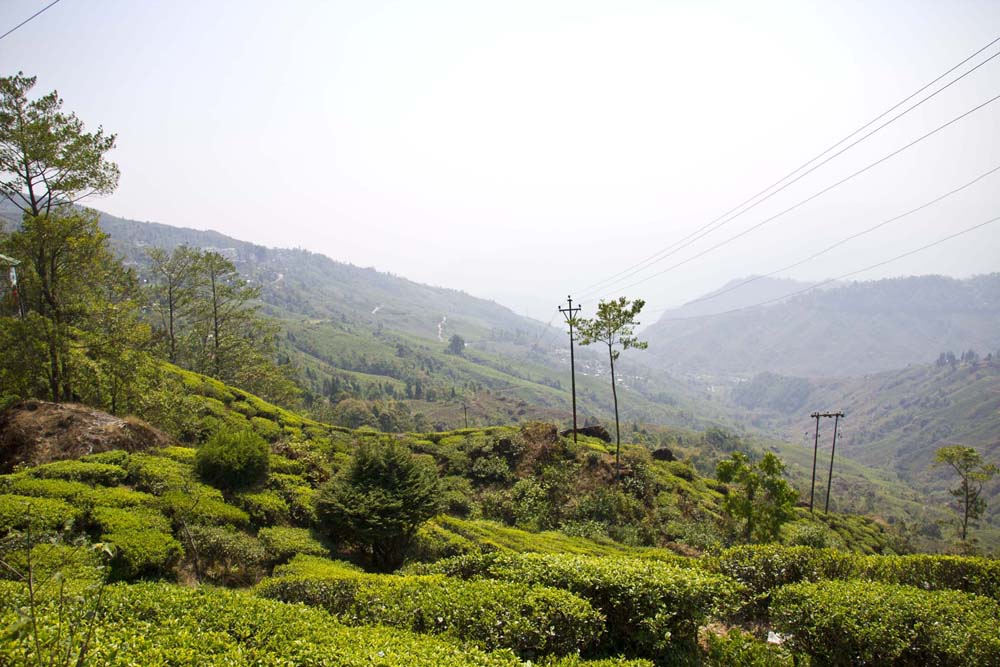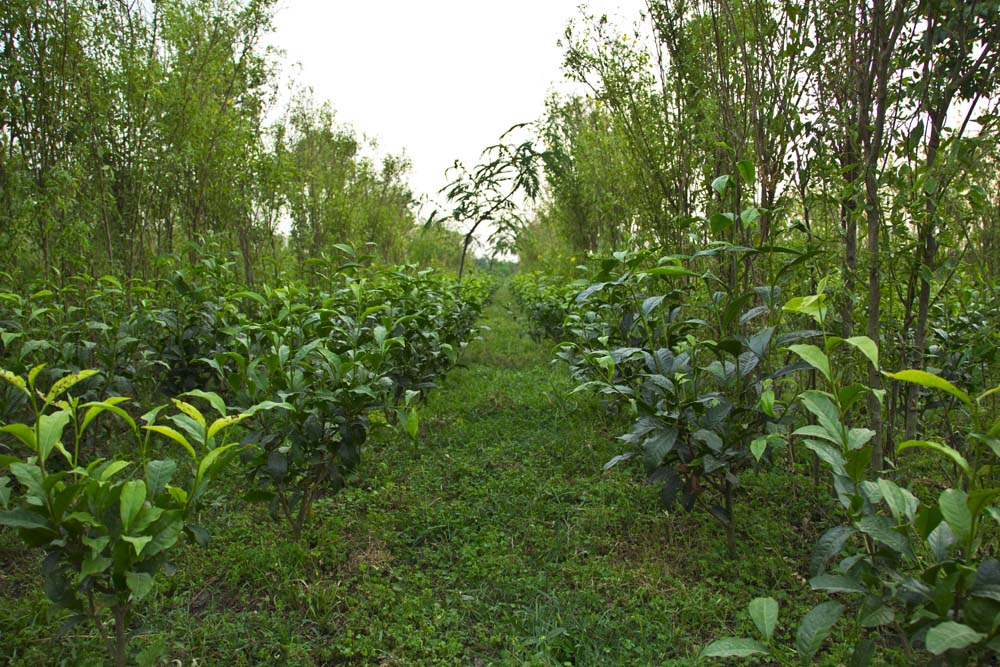 In 1842 a Scotsman named Robert Fortune sneaked into China and obtained some seeds and even cutting of tea bushes with the help of some locals. It’s a story that’s been told many times, with the authors alternately calling him a “thief” and a “tea saint.” It all depends on which side of the issue you sit on. To some, he is certainly a thief (even though he traveled to China as part of the Treaty of Nanjing), but to many of us world-wide who are addicted to those unique Darjeeling teas, he is definitely a saint. The seeds and plant cuttings are the basis for many of the tea gardens there. And now the owners of those tea gardens are working to keep these old, “vintage” tea bushes healthy; they are a diverse collection of subtly different tea plants, also called “jats,” built up over a century and a half and producing that unique, fruity, “muscatel” flavor and aroma. The battle is on to save them!
In 1842 a Scotsman named Robert Fortune sneaked into China and obtained some seeds and even cutting of tea bushes with the help of some locals. It’s a story that’s been told many times, with the authors alternately calling him a “thief” and a “tea saint.” It all depends on which side of the issue you sit on. To some, he is certainly a thief (even though he traveled to China as part of the Treaty of Nanjing), but to many of us world-wide who are addicted to those unique Darjeeling teas, he is definitely a saint. The seeds and plant cuttings are the basis for many of the tea gardens there. And now the owners of those tea gardens are working to keep these old, “vintage” tea bushes healthy; they are a diverse collection of subtly different tea plants, also called “jats,” built up over a century and a half and producing that unique, fruity, “muscatel” flavor and aroma. The battle is on to save them!
Darjeeling, a small district in the extreme north of India’s West Bengal State in the Himalayan foothills, obtained a special protection in 2004 when Darjeeling tea became the first product in India to be registered under the Geographical Indications of Goods (Registration and Protection) Act of 1999 (the GI Act). (Part of the act was gardens having to give up fertilizers and pesticides and reverting to old growing methods, chasing away pests and pulling up weeds that steal water and nutrients from the tea plants.) The West Bengal State Government owns all of the tea estates there (about 87 or 88 depending on the information source). Growers lease the land on a fixed-rent basis for 30 to 99 years but can transfer or sell the lease. Tea planting began small in 1847 and grew over the years. [Source]
This means that some of these tea plants are about 167 years old, although the average age is less than that. Naturally, as with anything that ages, these plants are more prone to diseases, infestations, weather damage, and bad management practices. An example is the issue that the Castleton Tea Garden was facing back in 1999. Their valuable China Jat bushes (some 100 years old) that were responsible for the wonderful Muscatel character of their teas were not producing well. The manager discovered that the bushes were damaged by moss stem borers and had been poorly pruned over the years. He also realized that the plants that had been uprooted and replaced with clonal plants would not grow leaves that would produce the same flavor profile. He dug down around the roots of some older plants, discovered the roots were alive and fairly healthy, but that there were tumors growing on the part of the trunk that was below soil level. The solution: pull back the soil and cut away the tumors, a method that was cheaper than uprooting and replanting.
 Millions of dollars are spent every year by the Tea Board of India on researching better growing methods and on helping older gardens replant and infill. Cultivation and production assistance and incentives are also available to all Darjeeling tea gardens through the Tea Board’s Darjeeling Tea Research and Development Center. It is definitely money well spent since the clonal plants do not have the same flavor profile, although they are becoming more commonly see among tea garden offerings. [Source]
Millions of dollars are spent every year by the Tea Board of India on researching better growing methods and on helping older gardens replant and infill. Cultivation and production assistance and incentives are also available to all Darjeeling tea gardens through the Tea Board’s Darjeeling Tea Research and Development Center. It is definitely money well spent since the clonal plants do not have the same flavor profile, although they are becoming more commonly see among tea garden offerings. [Source]
In one of those odd circles of history, Darjeeling teas are now being introduced into China. Yes, I know, don’t the Chinese rank as a top tea-growing nation? Yep, but that goes to show how special Darjeeling teas are and how important saving those Chinese tea bushes is. A growing demand is also seen in Korea. Plus the Aussies are getting into the act with a partnership involving The Devotea, a tea vendor based in the Land Down Under.
Read more about Robert Fortune here.
ABOUT THE AUTHOR: A. C. Cargill writes about tea, edits two tea company blogs, and is the human caretaker of Little Yellow Teapot (who has his own blog and steeps up the samples of our teas we send them both). She hasn’t been asked to speak at any tea conference yet, but we’re sure that’s just a soon-to-be-corrected oversight.
